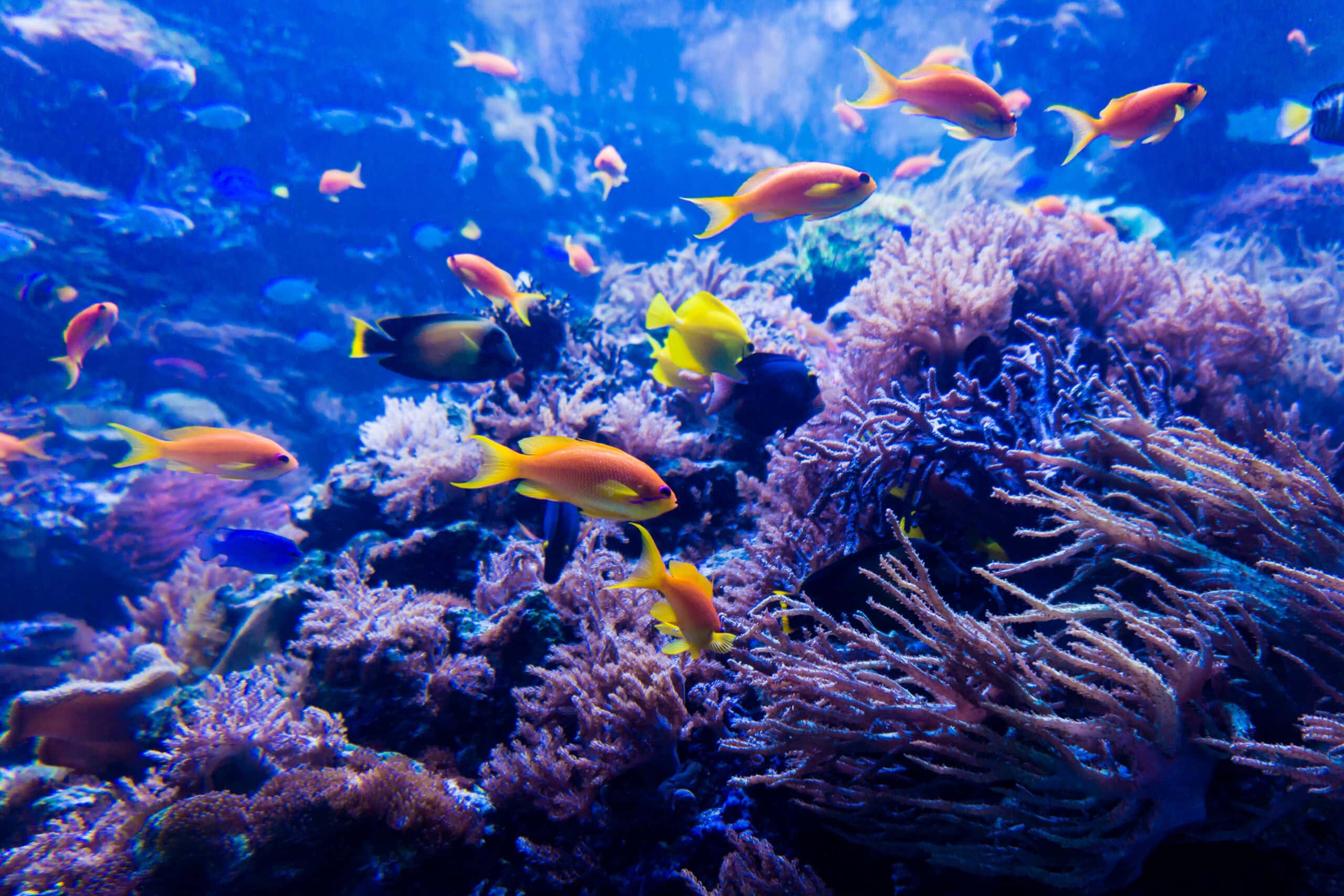For years, marine life has been under serious threat. Pollution, climate change, overfishing, and habitat destruction continue to put many species at risk. Sea turtles, sharks, rays, and coral ecosystems are just a few examples. But while the natural environment suffers, many aquariums are stepping up, not just to display marine animals, but to protect them.
For a long time, there has been debate about whether zoos and aquariums destroy natural environments, remove animals from their natural habitat, or exist only for profit and entertainment. But aquariums today have taken a different path. They have become centers of conservation, science, and education.
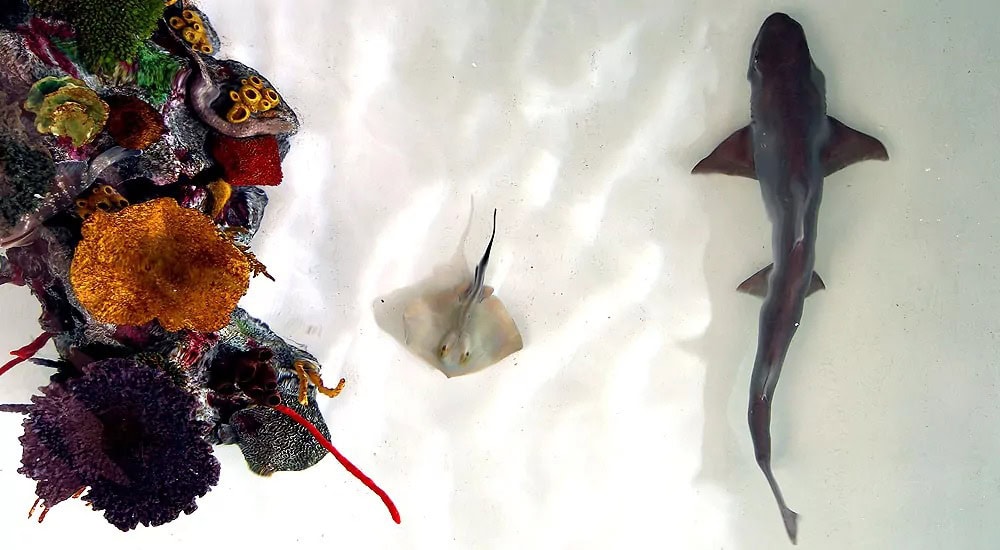
Committed to marine life, MAT has spent more than the past 10 years developing sustainable and technological solutions. The company has collaborated with some of the world’s leading aquariums and facilities, including Michin Aquarium, SeaWorld Abu Dhabi, Mazatlán Aquarium, Poema del Mar, Istanbul Aquarium, The View Hospital, and others, and continues to work on projects across the Middle East, Asia, the Americas, and Europe.
Aquariums like Michin and SeaWorld Abu Dhabi are not just entertainment spaces. They are real rescue and research centers with strong conservation goals. These facilities care for thousands of animals and run daily operations focused on rehabilitation, medical care, and species monitoring. Filtration and quarantine systems are key for this work. MAT is proud to support these centers by providing the systems that make it possible, quarantine systems and advanced filtration solutions that keep the water clean, oxygenated, and safe, creating a healthy environment where marine life can recover, grow, and be studied properly.
Working at MAT and the Panda House, Tim Bouts, the Zoological Director, talks about the importance of conservation. He has been a veterinarian since 2000 and has been part of conservation management ever since, and explained how many animal species are negatively affected by human actions. Tim stated that aquariums are essential, as marine ecosystems are incredibly fragile and often the first to break down, and because of global warming, the sea levels rise and kill corals worldwide. Additionally, the excessive plastic consumption and waste affect fauna and flora in the oceans.
“One example is the giant panda, which was once endangered because of habitat loss and fragmentation. Now, more than 1,800 are living back in the wild, with hundreds being cared for around the world in zoos. This is thanks to the huge conservation efforts in China and worldwide. We need to look at conservation through the eyes of a ‘humane’ society that protects and cares for animals,” he exemplified.
According to Volkan Sorkun, who manages MAT’s Life Support System projects, “We’re currently working on the Red Sea Marine Life Institute which is part of the Amaala project. I feel proud to be part of something that supports animal protection and the conservation and reproduction of corals. At MAT, every project is about giving animals the right space and care to survive.”
Rescue and Rehabilitation: A Daily Mission
Michin Acuario in Mexico has been one of the leading examples in conservation through action. Since their first project in Guadalajara, Michin expanded to Mexico City and continues working with advanced water systems designed for species health. But what makes Michin different is their connection with environmental authorities.
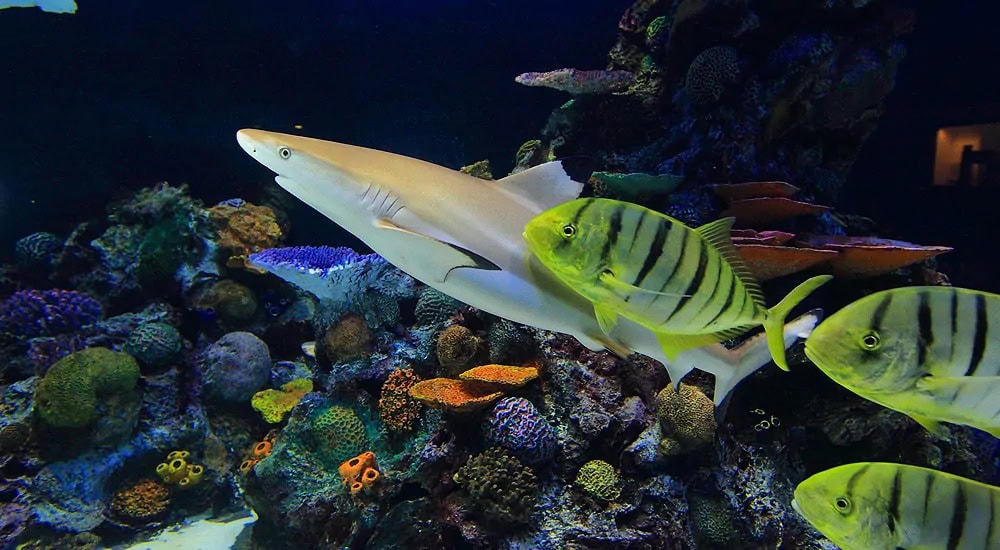
Their rescue and rehabilitation programs focus especially on native Mexican species. One of their main conservation efforts is dedicated to the Mexican axolotl (Ambystoma mexicanum), an endangered species native to Jalisco. Michin also leads a project with meliponario bees, stingless and at risk due to pollution and land destruction. In partnership with scientists like Mauricio Hoyos and James Ketchum, Michin supports shark and ray research, helping build data for the management and protection of marine predators in the Gulf of California and the Mexican Pacific.
These animals aren’t just on display, they’re under treatment, observation, and protection.
SeaWorld Abu Dhabi: A New Level of Commitment
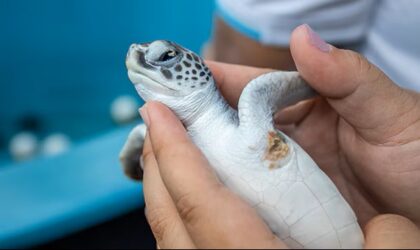
Opened in February 2023, SeaWorld Abu Dhabi is still the largest aquarium in the world. But it’s more than that. It’s home to the Yas SeaWorld Research and Rescue Center, one of the most advanced marine animal rescue facilities in the region. The center works to protect Arabian Gulf marine wildlife and runs rescue, rehabilitation, and release programs.
Globally, SeaWorld has nearly 60 years of rescue experience, and the Abu Dhabi branch expands this mission in the Middle East. Research projects focus on biodiversity, critical habitats, and restoration. A new seagrass research program is also in development, aiming to protect a key ecosystem of the region.
MAT was responsible for the entire filtration and life support system, as well as installation and technical support. The center spans about 8,600 m² and includes rescue pools for mammals, fish, and invertebrates, a veterinary hospital, boats, and ambulances. It has received accreditation from the AZA (Association of Zoos and Aquariums) and Global Humane certification, proving its high animal care standards.
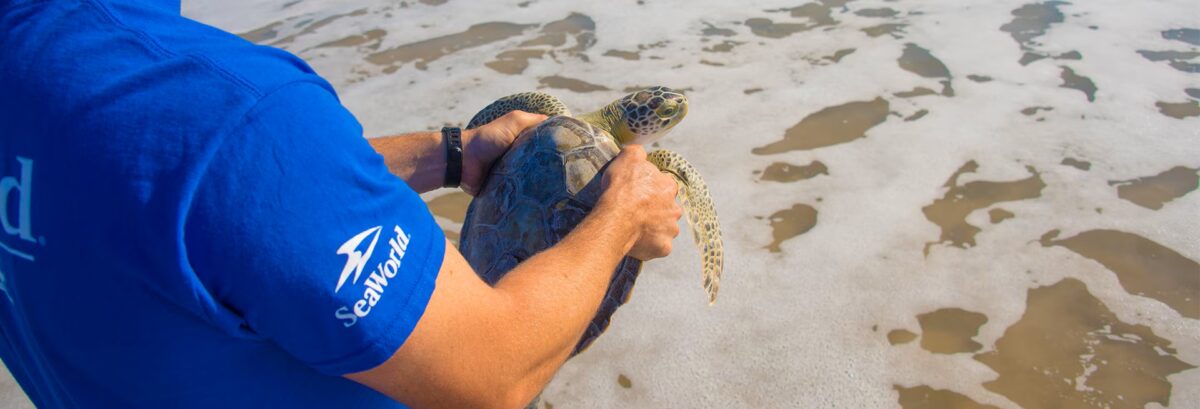
Supporting Marine Life Through Technology and Care
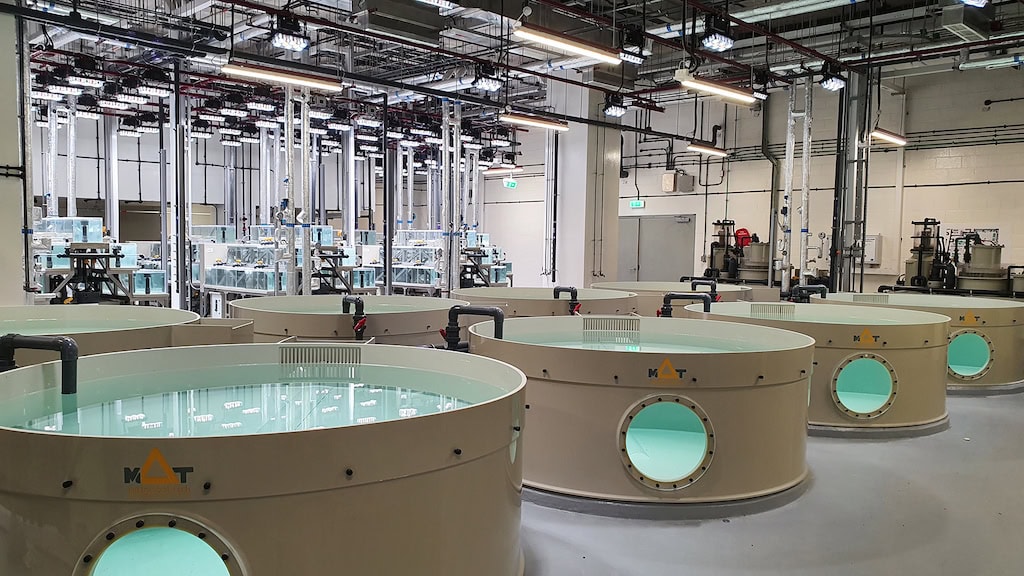
None of this would be possible without efficient water treatment. Quarantine systems help isolate rescued or sick animals for observation. Proper filtration ensures healthy water conditions: clean, oxygenated, and chemically balanced. These systems also reduce disease spread in closed environments. Companies like MAT develop custom systems that serve the needs of each species. This includes salinity control, pH balance, temperature stability, and oxygenation.
Recent research shows that ocean acidification, caused by climate change and carbon emissions, is deeply affecting marine life. Filtration systems and responsible aquarium management help support these species during such changes. Many aquariums are working to spread awareness, inspire action, and promote more responsible behavior toward the environment.
Veterinarian Juan Carlos Lehmann, responsible for operations at MAT, says he’s deeply passionate about marine life. “Working with rescued animals is emotional and rewarding. We’re not just helping them survive, but giving them a second chance,” he shared.
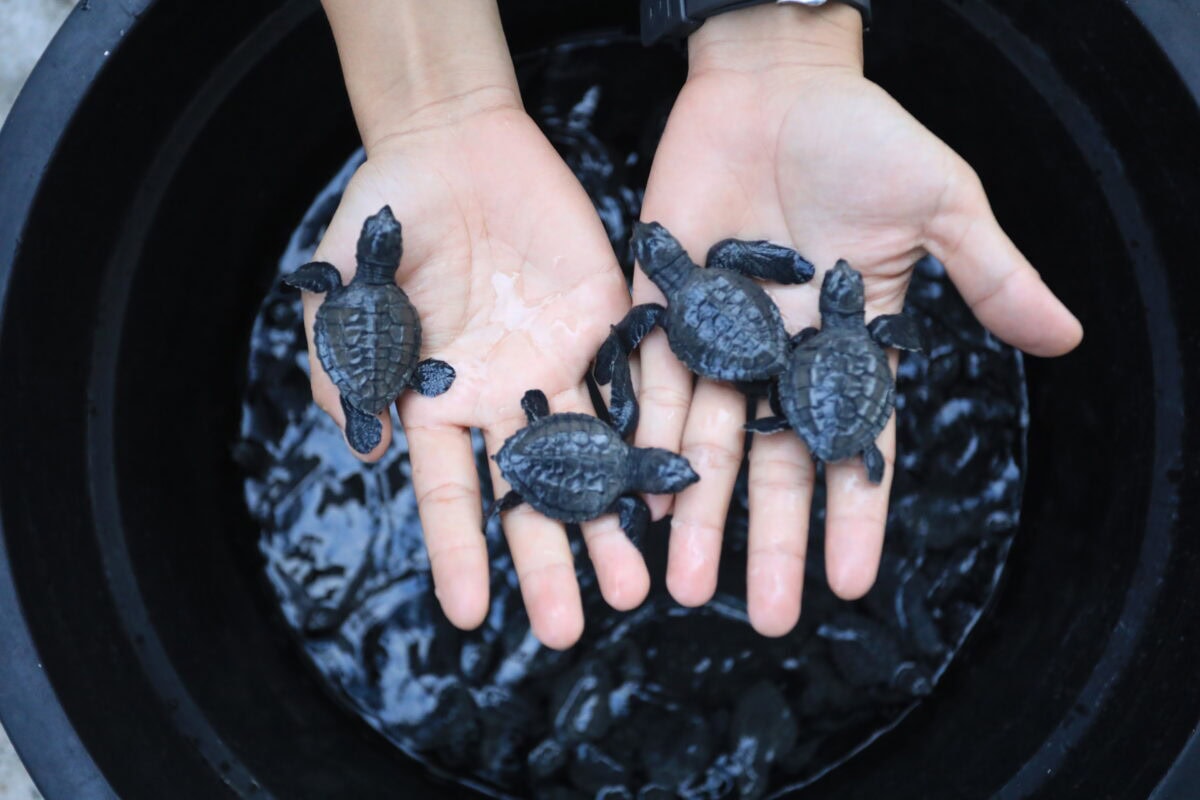
Leading MAT Zoological Operations worldwide, Pedro Ignacio García Miguel Gomez, Senior Global Facility Manager, has been working in animal welfare for over 20 years. With experience as an aquarium curator, including at Istanbul Aquarium, Pedro shares how detailed and careful the work is: observing how each animal eats, behaves, and adapts to its environment, all with full-time care from the team. Today, the MAT team is managing projects like Dubai Safari Park, Panda House, and The View Hospital.
Pedro reinforces the idea that aquariums are not only about showcasing entertainment, they are places to educate, heal, and protect. “Over the years, we’ve worked on different conservation projects and implemented systems to acquire fish from reliable sources, avoiding any harm to the environment,” explained Pedro, recalling his experiences.
Middle East General Manager Nurettin Ersu also highlights how each aquarium is designed with one goal: sustainability. “Customer needs are always considered, but just as important are the needs of the marine animals. The engineering focuses on using high-quality, sustainable materials that support animal welfare. It’s not just about building tanks; it’s about creating reliable life support systems,” he commented.
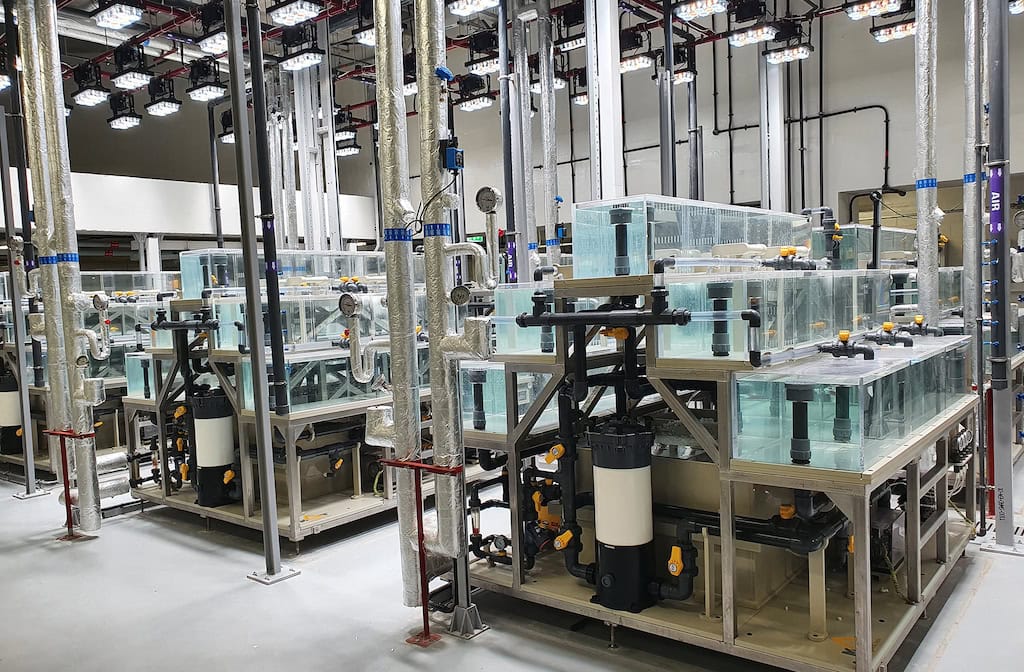
An aquarium is not just a place to see animals behind glass. It is a hub for research, education, and conservation. In these spaces, animals receive specialized care from marine veterinarians, biologists, and researchers who monitor their health and conditions every day. Aquariums are designed to recreate natural habitats, offering environments where animals can feel comfortable and safe.
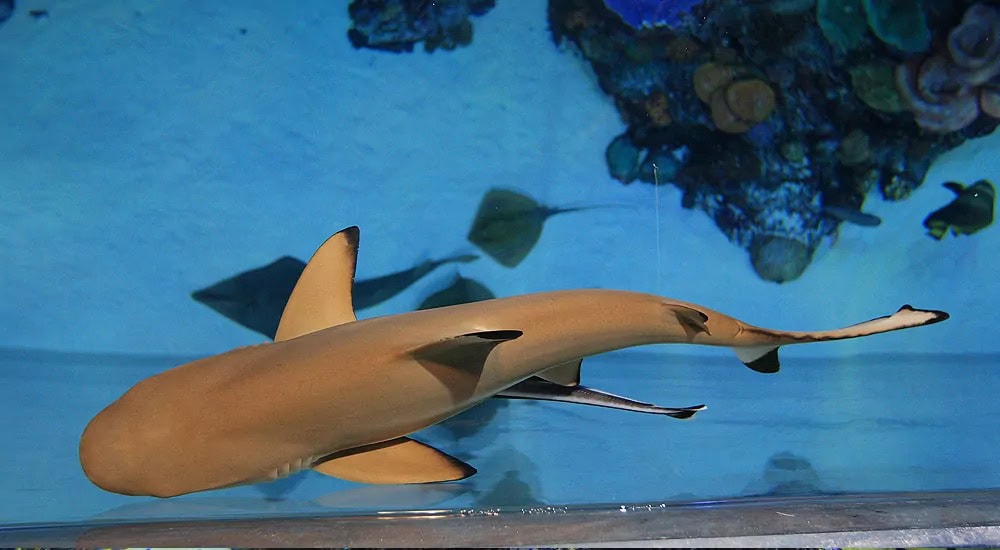
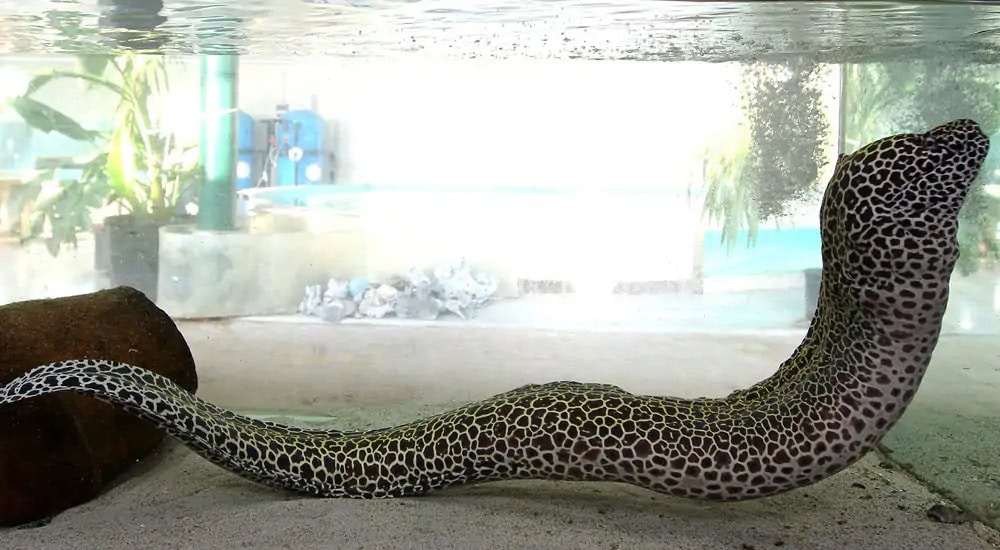
Tim Bouts commented on how we need to reflect on our daily actions and consumption. “Conservation starts with oneself: recycling, using less plastic, and choosing local produce. Aquariums and zoos are a platform for conservation, they are places where we care for endangered animals and teach people how they should truly be treated. The animals in captivity are flagship species for their wild counterparts,” he pointed out.
Today, scientists continue to discover thousands of new marine species every year. But many of them are already at risk due to pollution, climate change, and human activity. Species like the vaquita, whale sharks, sea turtles, sea otters, manatees, monk seals, and river dolphins are just some of the animals we still have a chance to protect. Across the world, marine associations and researchers are paying special attention to several species now considered critically endangered.

